
Free January Pattern: Rewarewa Rosette
Happy New Year! We hope you all had a lovely start to 2024. We are looking forward to sharing so many more wonderful knits with

Happy New Year! We hope you all had a lovely start to 2024. We are looking forward to sharing so many more wonderful knits with
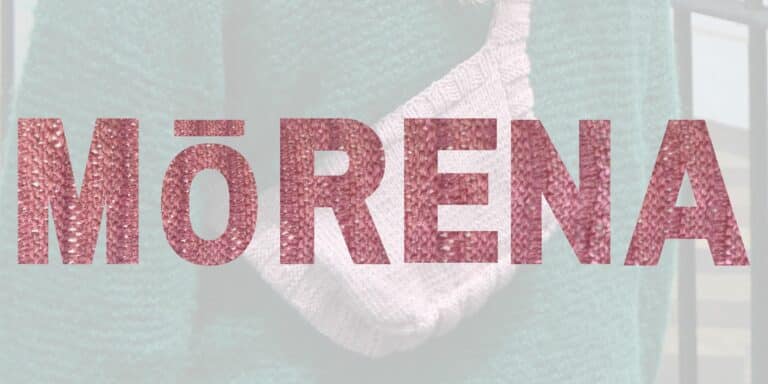
This December free patter is guaranteed to put a smile on your dial… introducing the Mōrena Bag 🙂 Simply put, “mōrena” means good morning! This
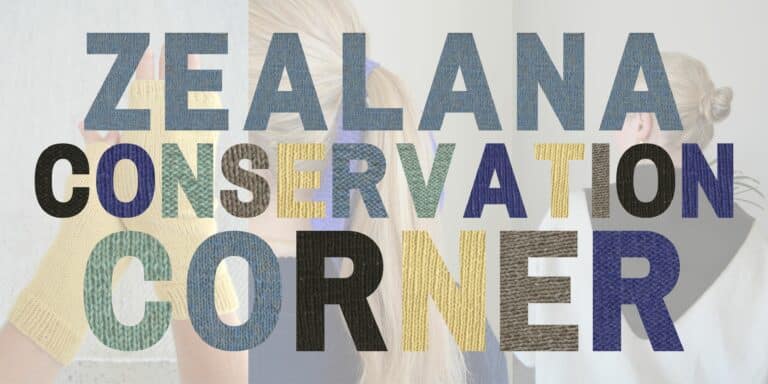
This month we are bringing you not one, not two, but three new patterns to celebrate the launch of our new colours! Coffee Blueberry Snapdragon

As we head into spring, The Kākāpō Cable Scarf is perfect accessory to any outfit! This months free pattern is inspired by the large nocturnal
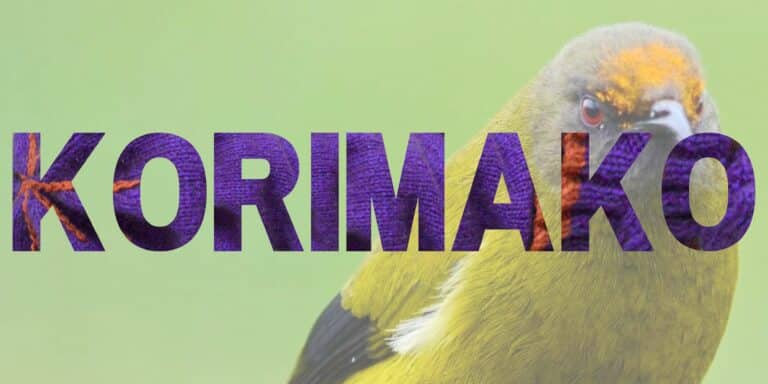
Welcome August! Time to grab your left over Yarn from June for the Korimako Slouch Beanie The beautiful Korimako Bird and their lovely singing voice
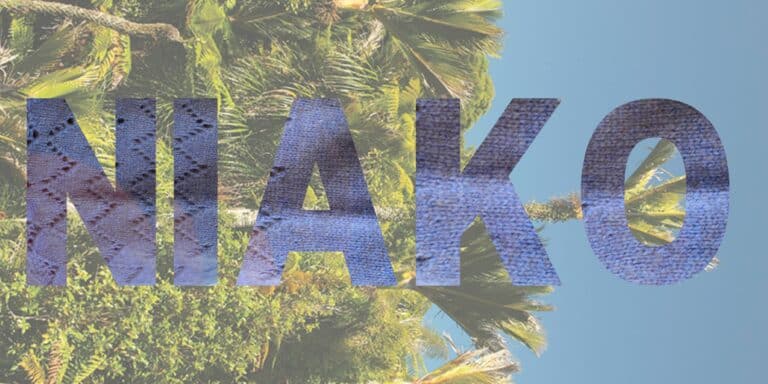
Hello July and Hello to our Nīkau Sweater! Rhopalostylis Sapida more commonly known as The Nīkau Palm is unique to New Zealand, growing in warmer
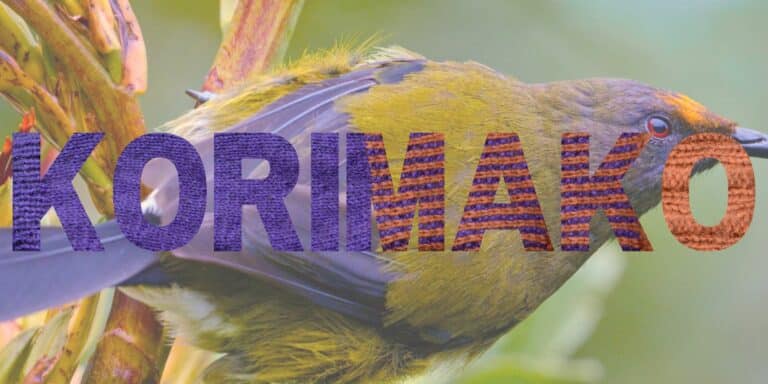
The first of June marks the start of winter here in the southern hemisphere and celebrates six months of the year over. The first of
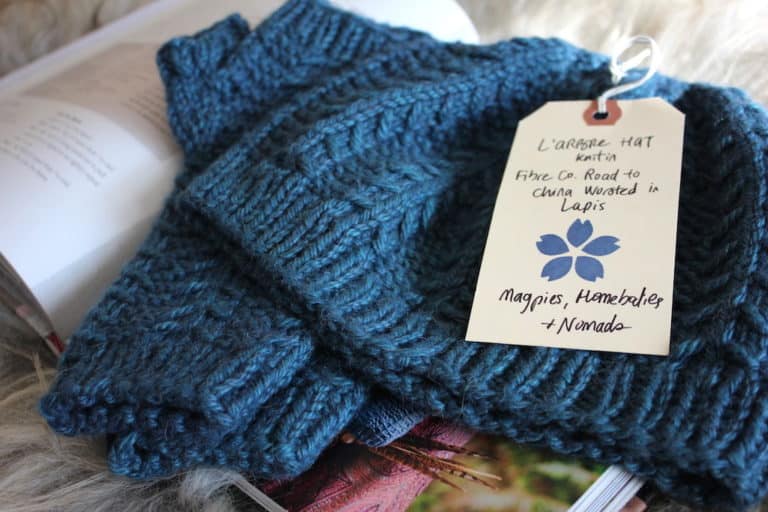
Greetings! If you are a fan of Karen Templer’s wonderful Fringe Association blog you may have seen today’s Hat KAL announcement. I’m pleased to say
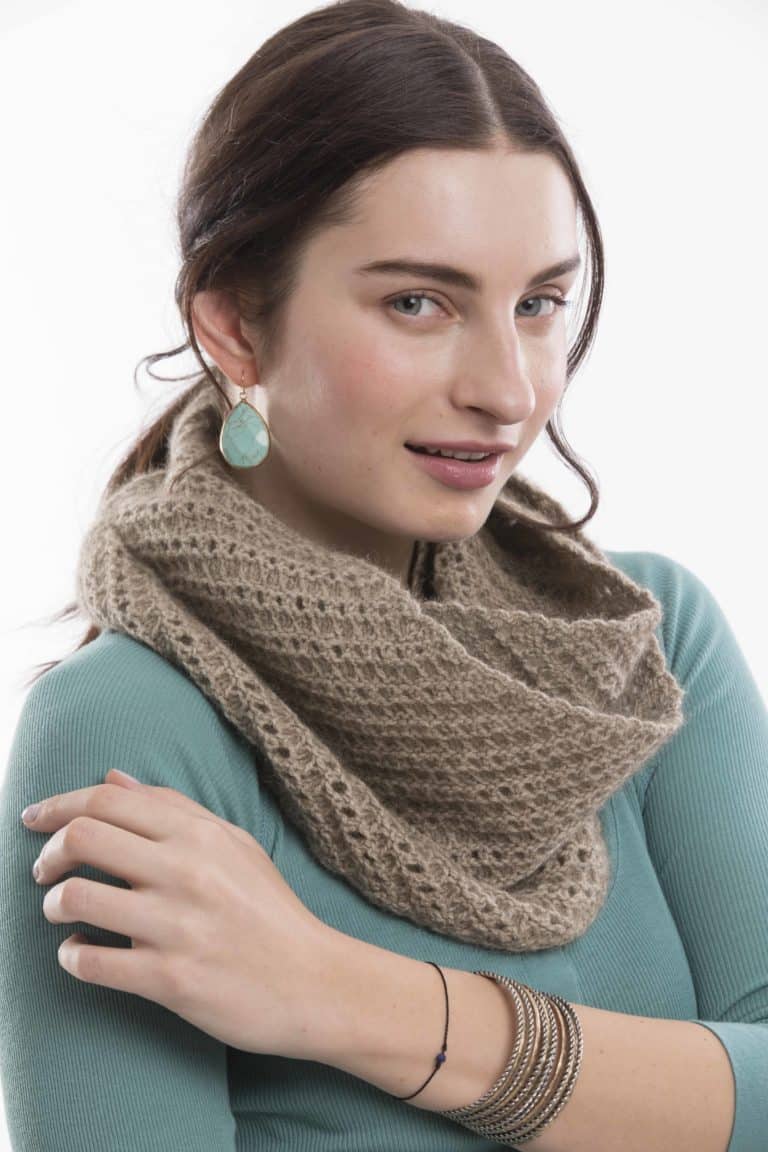
To celebrate our lovely new colours throughout the Zealana Collection we have made two fantastic new pattern books with 16 gorgeous designs altogether. Take a
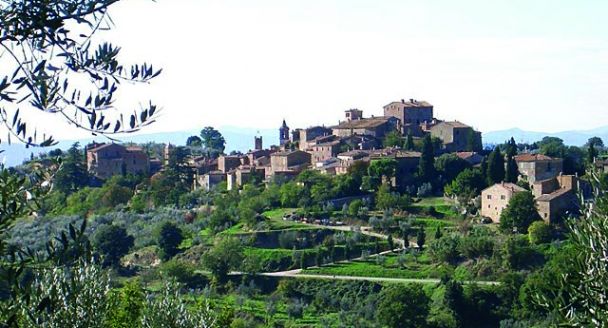
The tiny hilltop town of Montisi, Italy welcomes groups of knitters every Fall. Susan Wolcott, founder of Trips for Knitters www.tripsforknitters.com has been organizing these
P.O. Box 106
Hastings, VIC, 3915
Australia
Tel: +61 3 5979 1555
Fax: +61 3 5979 1544
© 2025 Zealana | All Rights Reserved | Terms of Business | Privacy Policy | Developed by MRD Web + Digital Marketing